Le Corbusier, World Heritage Buildings and their Influence on Art Deco
In the last couple of decades, Art Deco has seen massive return to popularity, partly spurred on by the lavish, opulent set designs of TV series like Downton Abbey and film adaptations of The Great Gatsby and other popular books from the era.
As we've shown in our last several posts, it is possible for anyone to add a touch of Art Deco into their home and, with a bit of effort, to turn it into an inspired homage to a bygone era steeped in glamor.
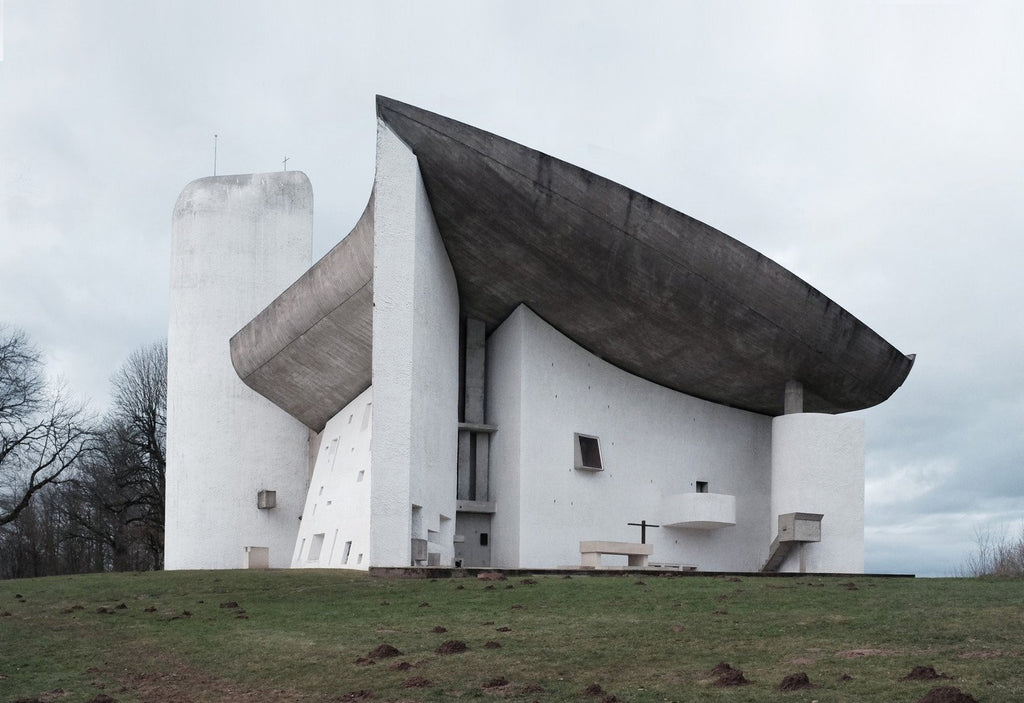
Notre-Dame du Haut, Ronchamp, France. Image © Gili Merin
But how important is Art Deco's contribution to art, architecture and design? Is it just a phase we're going through? A bit of retro chic to make us feel nostalgic? The UNESCO World Heritage Committee doesn't seem to think so.
In 2015, ten of Frank Lloyd Wright's buildings became the first ever modernist buildings to be nominated by the USA for UNESCO protection, joining the likes of Yellowstone National Park, Monticello and the Statue of Liberty as sites recognized to be of cultural or physical importance.
On July 17th this year, seventeen buildings designed by one of Art Deco's most well-known icons and detractors, modernist architect Le Corbusier, were named World Heritage Sites. The buildings in question span the globe and include such gems as the National Museum of Western Art in Tokyo, Japan, the Maison Guiette, in Antwerp, Belgium and Notre-Dame du Haut, in Ronchamp, France.
Le Corbusier's works embody the notion of art and design as purely functional, while representing their own unique, stark beauty and there is a lot the aspiring Art Deco aficionado can learn from his style.
Coining the Term
Firstly, it's interesting to note that Le Corbusier is widely credited with being the first person to use the term Art Deco while writing about the 1925 Exposition Internationale des Arts Décoratifs et Industriels Modernes in his journal, L’Esprit nouveau.
Strangely, though, even though his name is inextricably linked with the movement, he was pretty opposed to the lavishness of decoration that Art Deco would embrace over the coming years. He preferred functionality, brutally pared-down lines and minimalist, standardized homes.
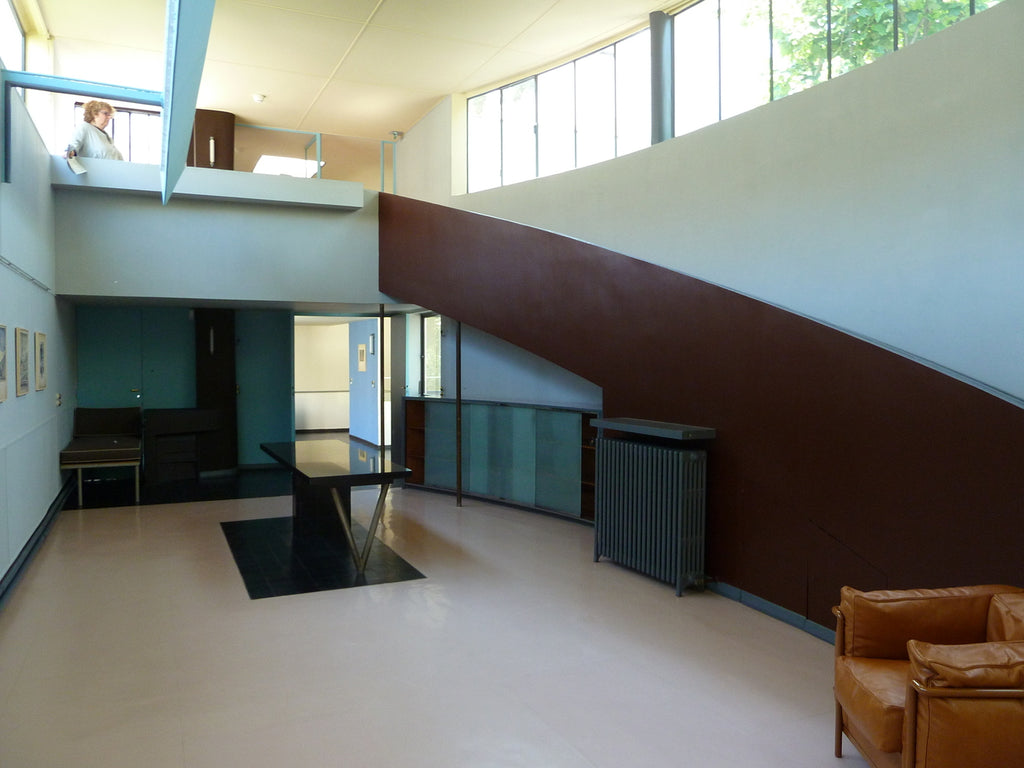
Maison La Roche, Paris, France. Image © Flickr user pov_steve. Licensed under CC BY-NC-ND 2.0
Minimalist Inspiration
While we love the opulence that is possible with Art Deco pieces, the aspiring Art Decorator can draw inspiration from the idea of minimalism as a way to highlight certain well-chosen items.
For example, if your living room is furnished with simple, minimalist sofas and tables, a matching pair of classic Art Deco table lamps, one or two strategically placed statuettes or a stylish mirror will stand out and draw attention to themselves.
Choosing function over form can also help you on your Art Deco journey. Seeking furniture items with clean lines, smooth edges and minimal decoration can help you create a simple, yet elegant canvas onto which you can later add more decorative items as you find your preferred, unique Art Deco style.
Of course, Le Corbusier didn't spend all his time creating fascinating and lasting buildings. He is also famous for having created some of the most enduring furniture designs known to modern art. They are classically beautiful, stark yet comfortable creations that have inspired hundreds of furniture designers since and can most certainly inspire you to experiment with form, function and the places where they meet.
- Matthew Pillet
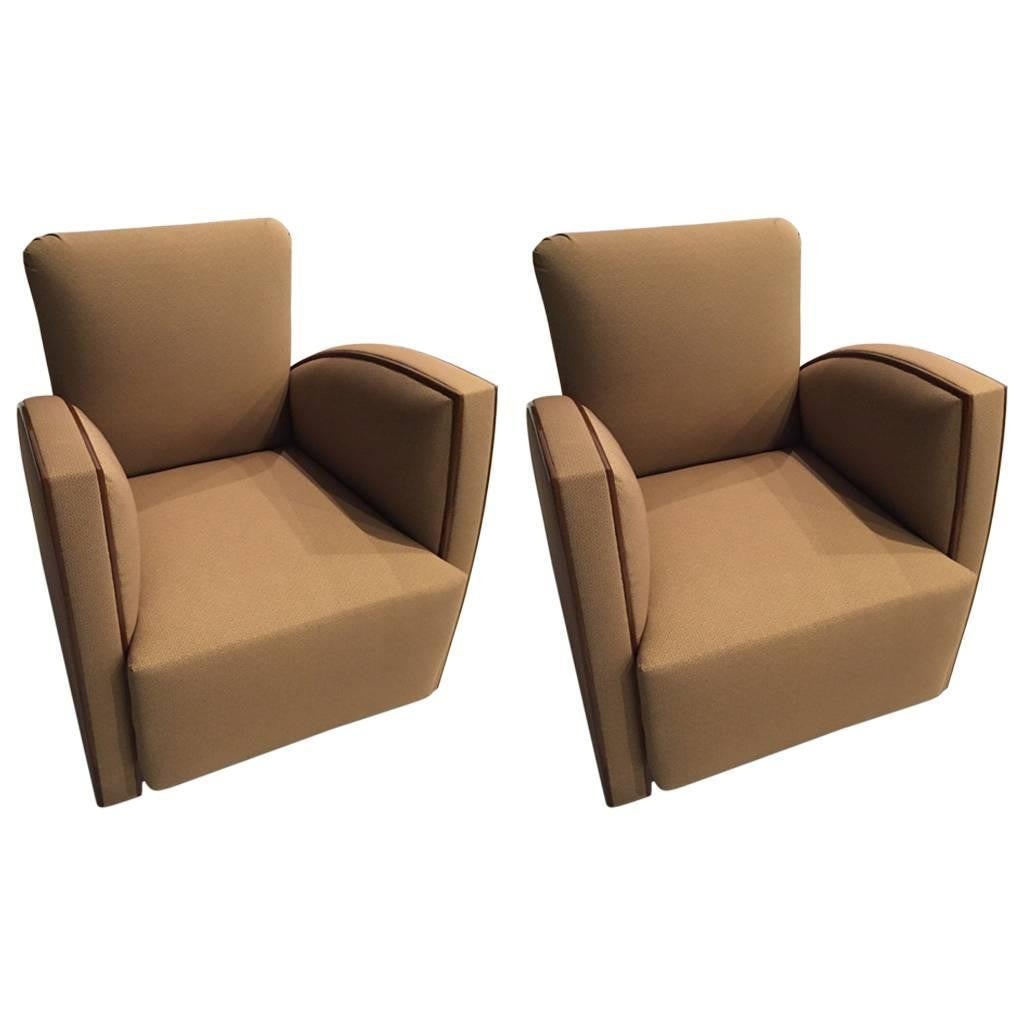
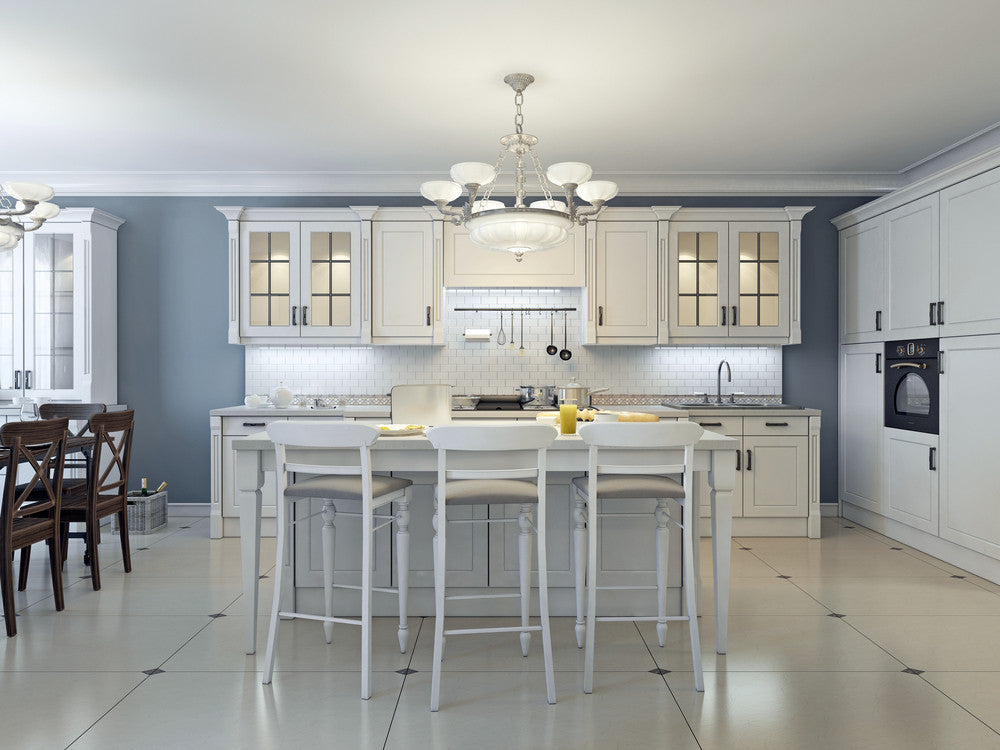



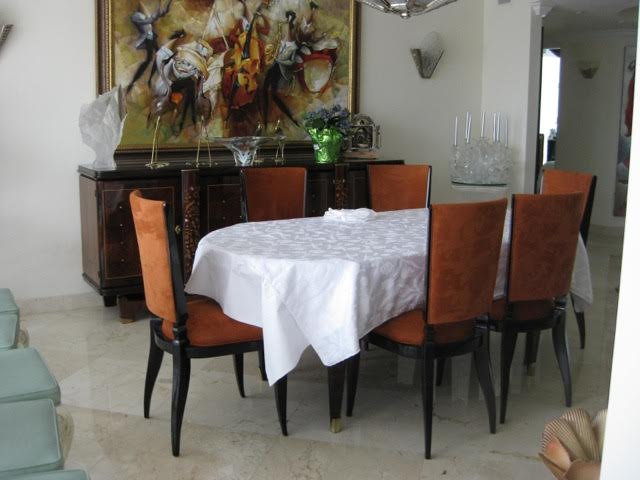


Comments 0